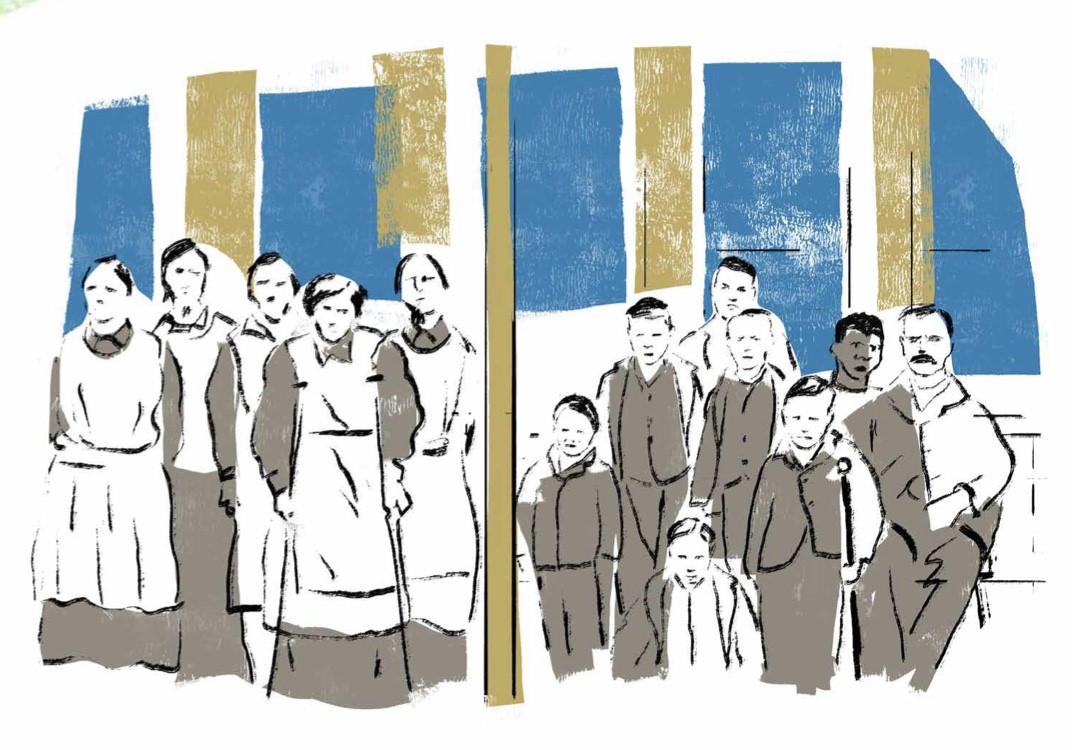St Marylebone Institutions
The Workhouse

Workhouses gave shelter to poor, unemployed and sick people, from cradle to grave. Residents could expect unappetising food, harsh discipline and hard manual labour in return for a roof over their heads.
The first St Marylebone parish workhouse began operation in 1730. It was set up in the wake of Knatchbull’s Act of 1723 which empowered parishes to build or rent premises for use as poorhouses, and to refuse poor relief to those refusing to enter them. St Marylebone’s initially rented a property for the purpose of accommodating infants and their nurses.
In 1914-15 the casual ward block housed Belgian war refugees, then from 1918-21 was used as military detention barracks. During the First World War the main workhouse also took paupers from the neighbouring Unions of Paddington, Hampstead, Hammersmith and Lewisham whose own workhouses had been taken over for military purposes.
After 1930, the workhouse became the St Marylebone Institution, and its inmates gradually became the elderly and infirm. During the Second World War, parts of the Marylebone Road Blocks were used as a recreation centre for civil defence workers, then after the war as a transit centre for displaced persons from the Continent. In 1949, the institution was renamed Luxborough Lodge and was overseen by a ‘Warden’ rather than a ‘Master’.
The former workhouse finally closed on January 6th, 1965, and its inmates were dispersed to accommodation elsewhere. The buildings were then demolished and replaced by flats and accommodation for the London Polytechnic (now the University of Westminster).
